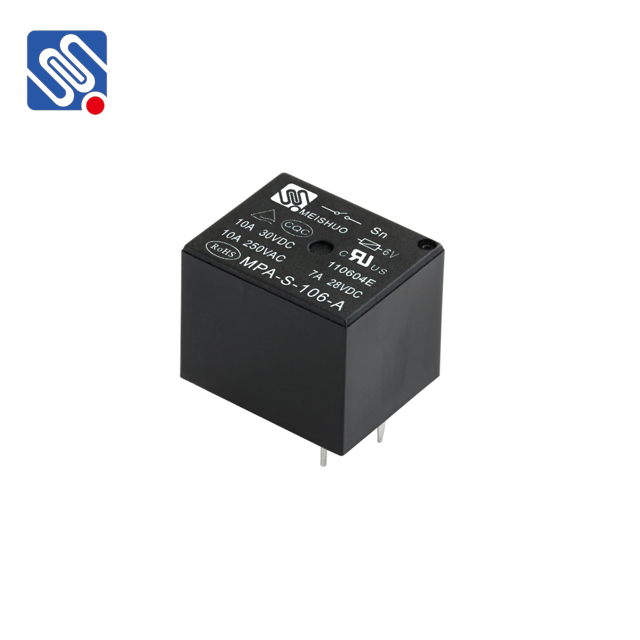understanding relay current rating: importance and considerations
Release time:2025-03-29 00:52:57
Relays are essential components in many electrical systems, serving as switches to control various circuits. Their primary function is to open or close contacts in response to an input signal, typically from a control circuit. One of the most critical specifications when selecting a relay for a specific application is the relay current rating. This article delves into the importance of relay current rating, the factors influencing it, and considerations when choosing the right relay for your needs.

What is Relay Current Rating?
The relay current rating refers to the maximum amount of current that a relay’s contacts can handle without being damaged or degraded. It is a vital parameter to ensure the safe operation of the relay in an electrical system. A relay with an inappropriate current rating may result in overheating, premature wear, or even catastrophic failure. Therefore, it’s essential to understand how to match the relay's current rating to the requirements of the specific load and circuit it will be controlling.
Relay current ratings are typically specified in amperes (A), and they often differ based on the type of relay, the voltage it operates at, and the nature of the load. For instance, a relay used in low-voltage electronics may have a current rating of a few milliamperes, while a relay designed for industrial machinery could handle much higher currents.

